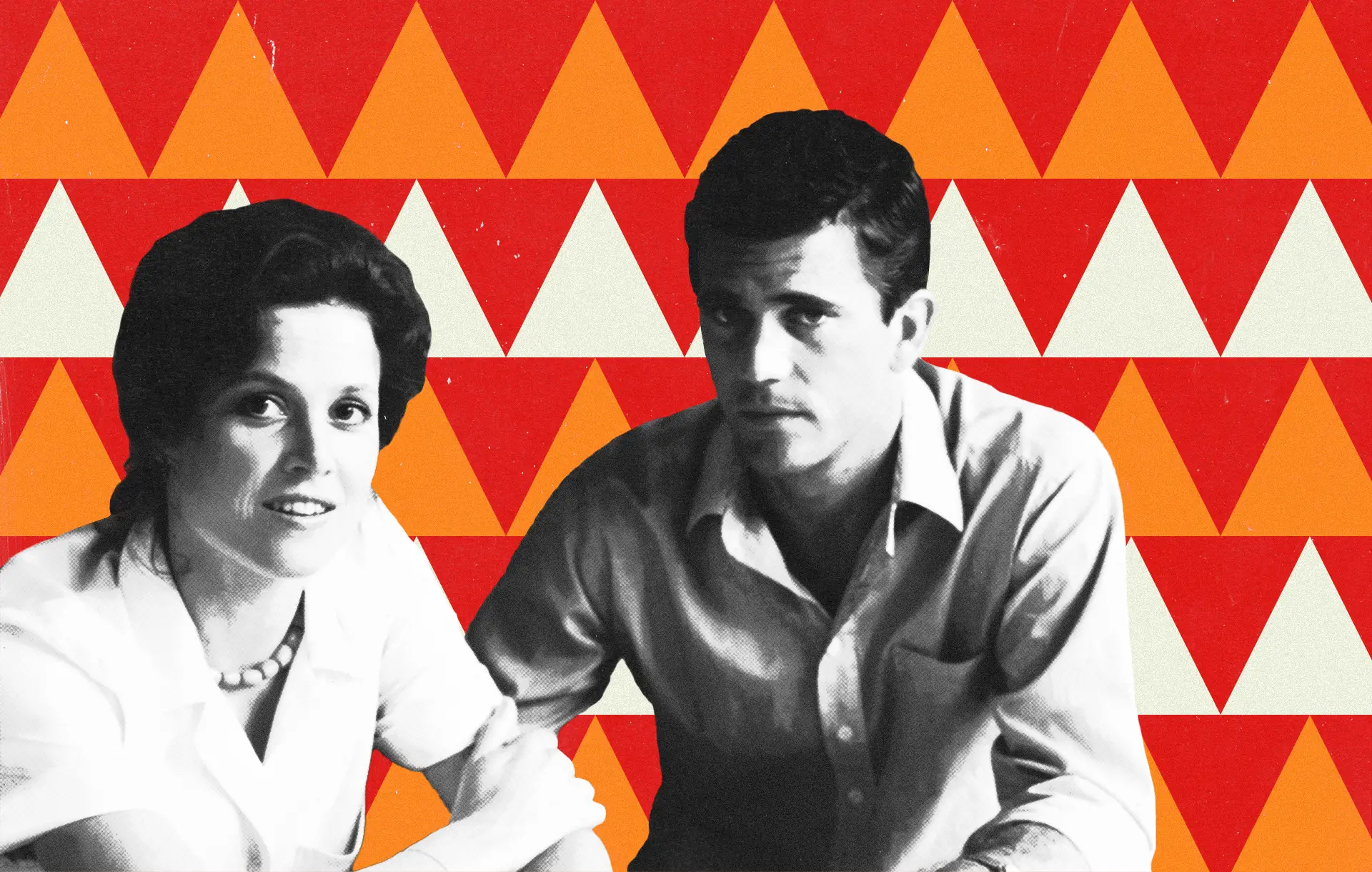January of 1983, 40 years ago this month, marked the U.S. release of The Year of Living Dangerously, which was simultaneously a movie about war, journalism, and Westerners slow to understand a different culture. It also featured a passionate love affair between an impossibly young Mel Gibson and Sigourney Weaver.
Directed by Peter Weir, who had just made 1981’s war epic Gallipoli — also with Gibson — the film was an ambitious effort, telling the story of journalists in Indonesia, covering the events that ended up in the coup of 1965. The film was based on the novel of the same name by C.J. Koch, also an Australian.
Gibson played Guy Hamilton, a handsome war correspondent, who falls into a torrid romance with Weaver’s British diplomat. The third major character is Billy Kwan, a fixer for Guy, a Chinese man with dwarfism.
Plot
At the time of the start of the film’s events, Indonesia is ruled by the Communist Party of Indonesia (PKI) and its leader Sukarno, who had ruled the nation since its independence in 1945. In 1965, the military repelled an attempted coup, leading to the similarly named but not similarly situated Suharto coming to power, where he would stay until the late 1990s, mostly with the backing of the West.
This led to killings, purges, and anti-communist crackdowns; those familiar with Joshua Oppenheimer’s great 2012 documentary The Act of Killing will recognize that film’s participants as some of the perpetrators of that very violence.
Its Many Controversies
The Year of Living Dangerously was controversial at the time of its production, with death threats coming in from those who believed it would disrespect Islam. The film was not shot in Indonesia, but rather in Australia and the Philippines, just a few years after the Philippines doubled as Vietnam in Coppola’s Apocalypse Now. The staging was convincing, however; Roger Ebert described the film as “one of the best re-creations of an exotic locale.”
In the years since, the film has become problematic for various reasons that have nothing to do with Mel Gibson being the star of it, or even with its political orientation.
In a big risk, the character was played by Linda Hunt, who is both not a man and not Chinese. It was a highly acclaimed performance, which remains the only time a character has won an Oscar for playing the opposite gender, but that’s the sort of thing that’s not looked at so kindly today. Even more than that, Hunt was a non-Asian playing an Asian character.
It is, however, an extremely powerful and empathetic performance:
Another highlight is the score, which was written mainly by the French composer Maurice Jarre, but also featured some work from the 1980s perennial Vangelis. including the song “L’Enfant.”
Weir went on to direct Witness, The Mosquito Coast, and Dead Poets Society in the ’80s, Green Card, Fearless, and The Truman Show in the ’90s, followed by Master and Commander: The Far Side of the World in 2003, and The Way Back in 2010 is his last film to date.
In 2000, The Year of Living Dangerously was finally shown in Indonesia for the first time, having been banned up until then by the Suharto regime. It remains a truly special film, one that approached a foreign conflict with nuance, while also sporting complex and admirable performances.




